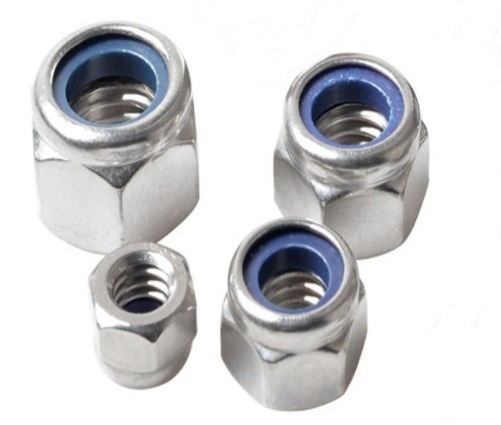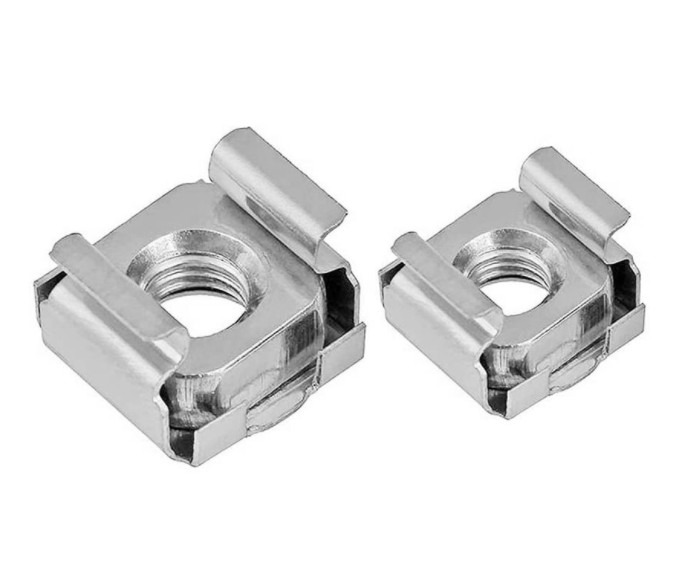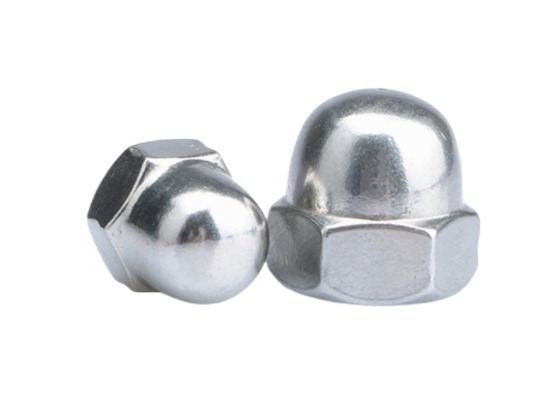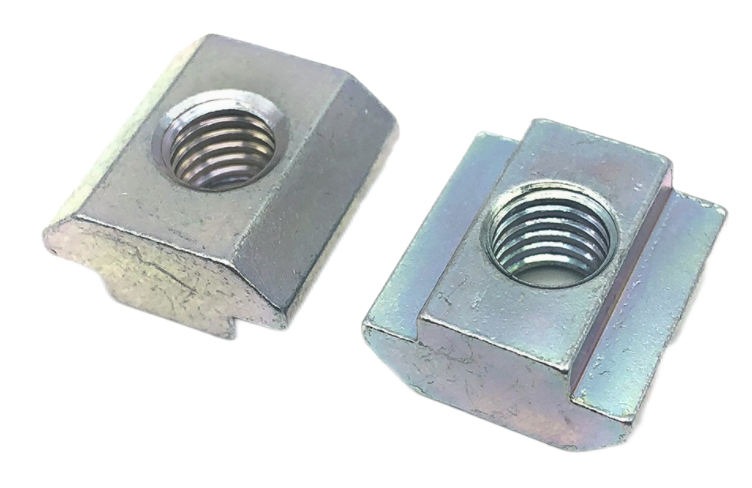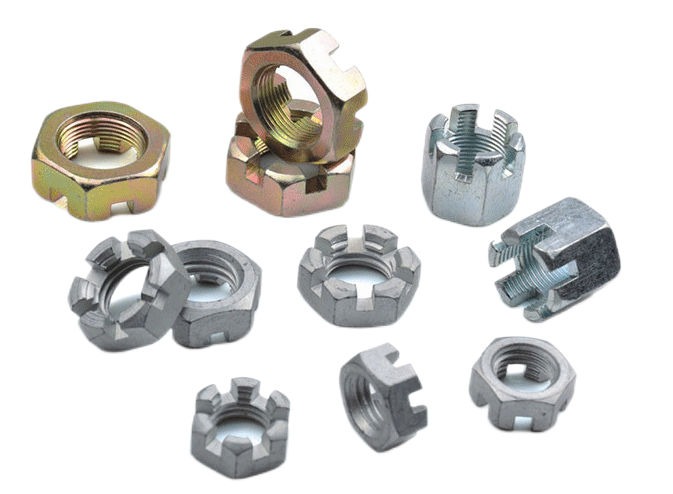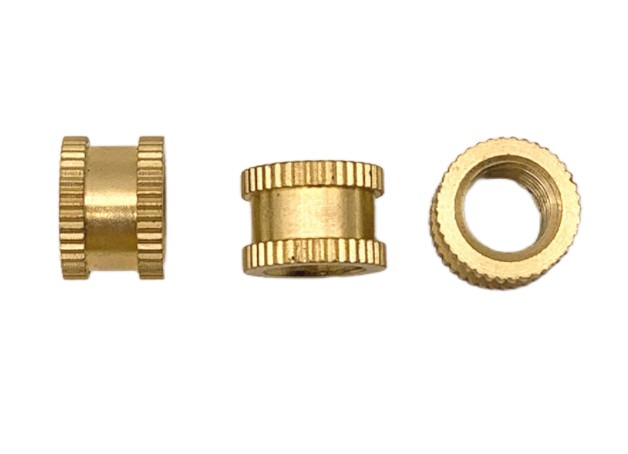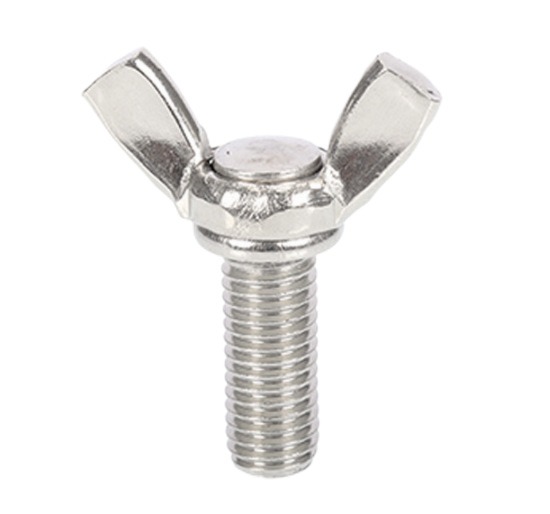What are T Nuts: Types, Uses and Installation
T nuts, also known as tee nuts or blind nuts, are a type of fastener that is used to fasten objects to wood, plastic, and metal. T nuts are typically made of steel or stainless steel, and they have a long, thin body with a flange at one end. The flange resembles a T in profile, hence the name.
T nuts are commonly used in furniture, signage, and other applications where a flush finish is desired. They are also used in applications where access to the end of the material is limited.
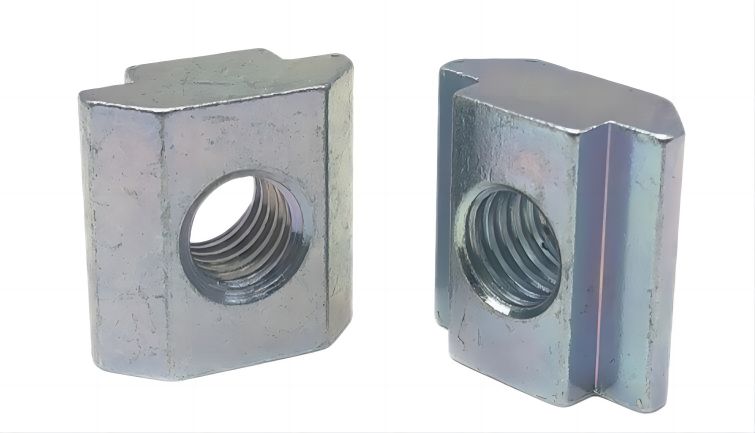
Types of T Nuts
There are four main types of T nuts: pronged T nuts, drop-in T nuts, roll-in T nuts, and threaded T nuts.
Pronged T nuts are the most common type of T nut. They have three prongs that spread out when inserted into a pre-drilled hole, creating a secure hold. Pronged T nuts are typically used in wood, but they can also be used in plastic and metal.
Drop-in T nuts are inserted into a t-slot and then locked into place. They are a good option for applications where access to the end of the material is limited. Drop-in T nuts are typically made of steel or stainless steel, and they are available in a variety of sizes.
Roll-in T nuts are inserted into a t-slot and then rolled into place. They are a good option for applications where a flush finish is desired. Roll-in T nuts are typically made of aluminum or brass, and they are available in a variety of sizes.
Threaded T nuts have a threaded insert that allows them to be screwed into a material. They are a good option for applications where a high degree of holding power is required. Threaded T nuts are typically made of steel or stainless steel, and they are available in a variety of sizes.
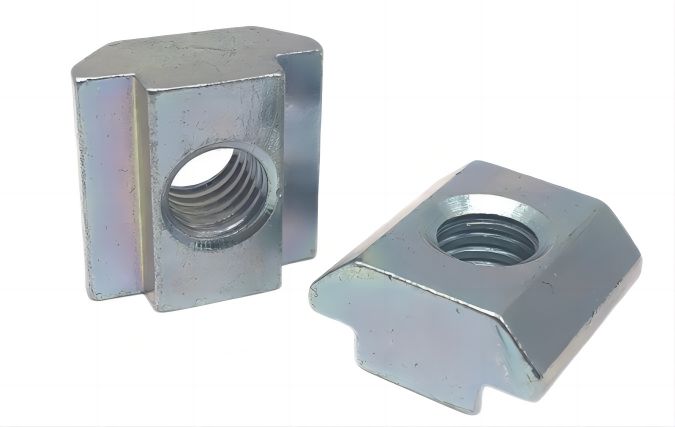
Uses of T Nuts
Furniture: T nuts are commonly used in furniture to fasten shelves, drawers, and other components. The flush finish of the T nut is important in furniture, as it allows the fastener to be hidden from view.
Signage: T nuts are commonly used in signage to fasten letters and numbers to panels. The high degree of holding power of the T nut is important in signage, as it ensures that the letters and numbers will not fall off.
Industrial applications: T nuts are commonly used in industrial applications to fasten fixtures, tools, and other equipment. The high degree of holding power of the T nut is important in industrial applications, as it ensures that the fastener will not come loose.
Machinery: T nuts are commonly used in machinery to fasten components together. The flush finish of the T nut is important in machinery, as it allows the fastener to be hidden from view.
Installation of T Nuts
To install a T nut, you will need a drill, a screwdriver, and a pre-drilled hole. The size of the pre-drilled hole will depend on the size of the T nut.
Once you have drilled the hole, insert the T nut into the hole and use a screwdriver to turn the nut until it is flush with the surface of the material.
If you are using a pronged T nut, you may need to tap the prongs into place with a hammer.
Here are the steps on how to install a T nut in detail:
- Measure and mark the location of the T nut. Use a pencil to mark the location of the T nut on the material.
- Drill a hole in the marked location. The size of the hole will depend on the size of the T nut.
- Insert the T nut into the hole. Make sure that the T nut is inserted all the way into the hole.
- Secure the T nut in place. If you are using a pronged T nut, you may need to tap the prongs into place with a hammer. If you are using a threaded T nut, you can screw it into place with a screwdriver.
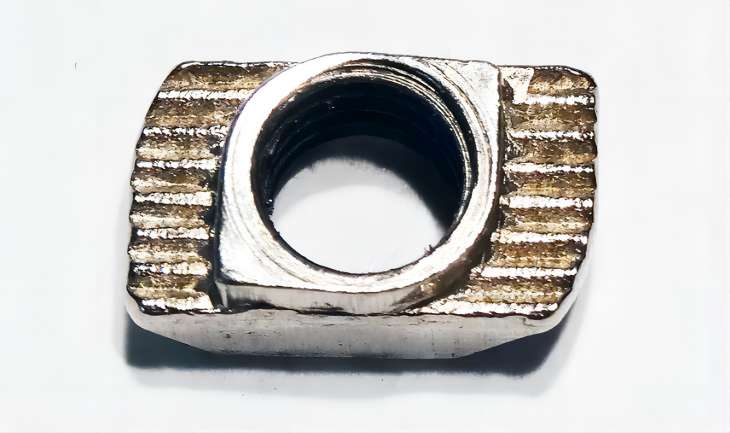
Conclusion
T nut is one kind of versatile fasteners that can be used in a variety of applications. It is a good option for applications where a flush finish is desired and where a high degree of holding power is required.

